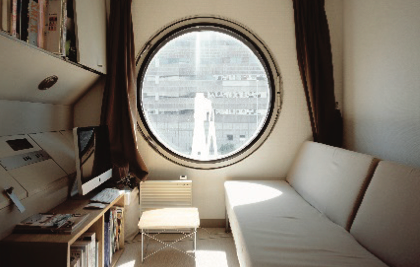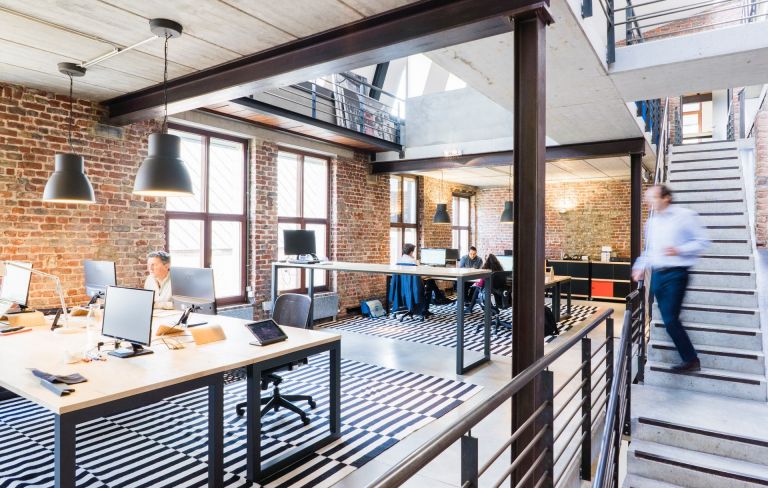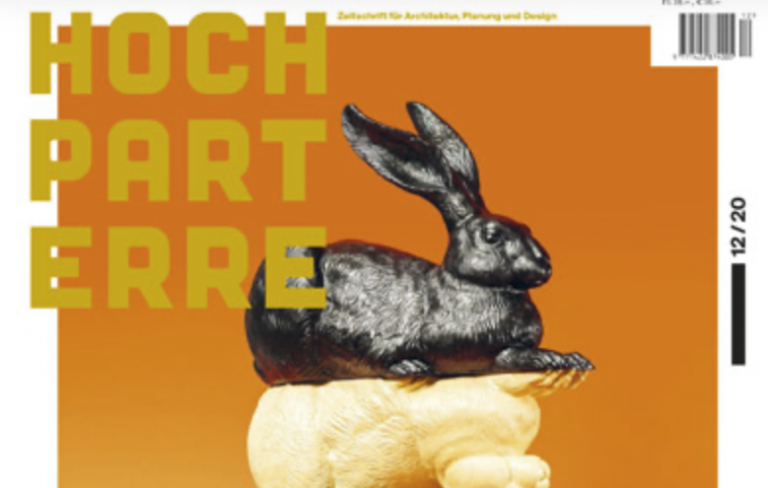The online magazine of Christie’s International Real Estate, luxurydefined, presents three prominent architects that are blurring the line between the natural and man made, championing sustainable design, and building a healthier future.
Koichi Takada

The winding “fluid timber ribbons” on the façade of Takada’s Upper House in Brisbane, reference the roots of the Moreton Bay fig tree, which is native to the area.
Luxurydefined has asked the architect Koichi Takada what he believes the future of building design should be, and his answer is unequivocal: “Integrating nature is key.” Known for his ambitious nature-inspired landmarks, Takada is a leading proponent of biophilic architecture, an approach that aims to connect the people who use a space with nature. “Research shows that nature has huge benefits on our mental and physical state,” he explains. “Everyone wants to live healthier lives.”
Stefano Boeri
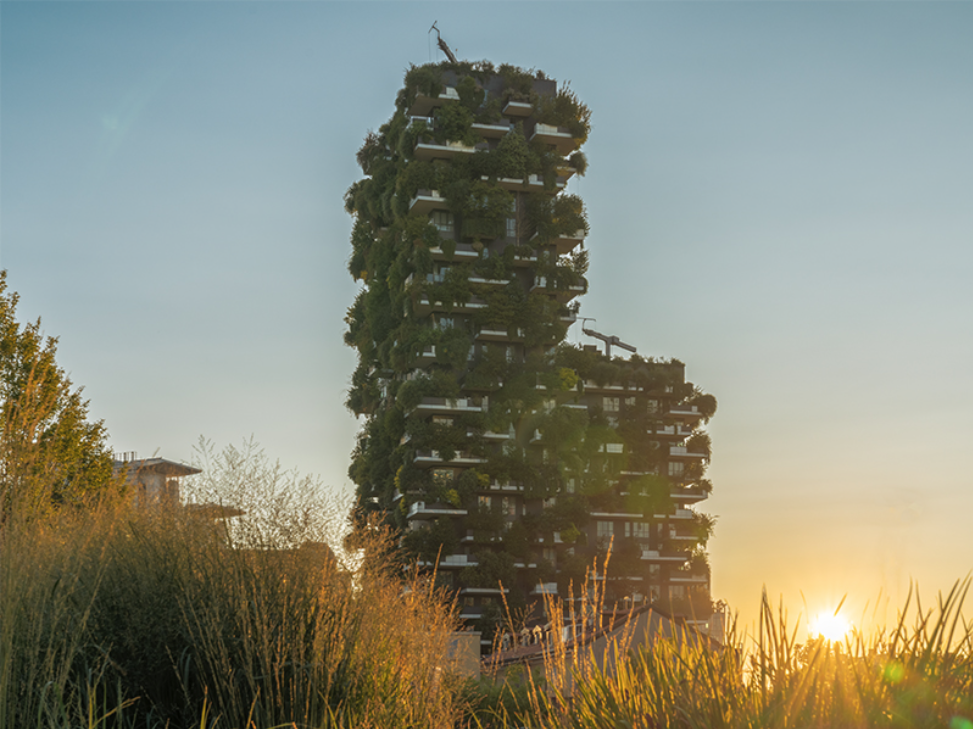
Boeri’s Bosco Verticale or “Vertical Forest” in the Porta Nuova district of Milan, Italy, contains more than 900 trees across 95,800 square feet (8,900 sq m) of terraces.
The Italian architect behind a number of “vertical forests,” Stefano Boeri is the director of Future City Lab in Shanghai—a post-doctoral research programme exploring the future of cities through the lens of urban forestation. And through his architectural practice, Stefano Boeri Architetti, he’s undertaken an array of world-first biophilic developments.
Foster + Partners
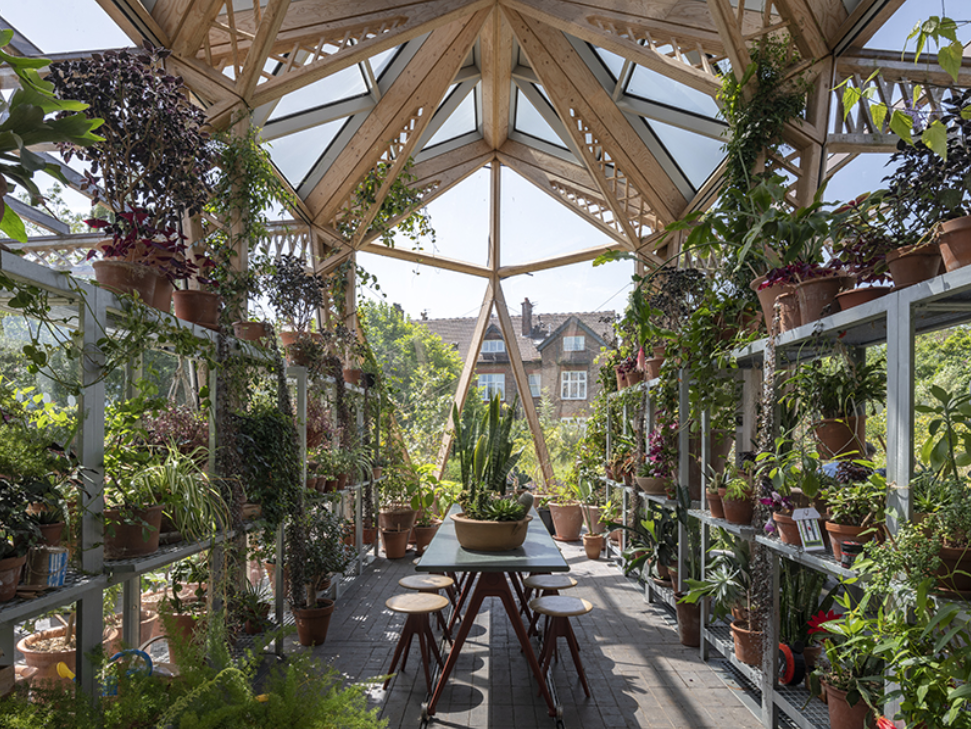
Biophilic architecture can “lift the spirits,” says Foster + Partners. At this Maggie’s cancer center in England, the firm banished hospital-like corridors and instead created “a domestic atmosphere in a garden setting.” Image: Nigel Young
Foster + Partners, a leading architectural practice with offices in cities including New York, London, Bangkok, Buenos Aires, and Hong Kong, has embraced biophilic design based on findings that bringing nature into the built environment benefits well-being.
“Research shows that biophilic environments—ones that mimic nature, as well as those incorporating natural elements—have a healing effect on the human body,” says Dancey, Senior Executive Partner and Head of Studio at Foster + Partners. “These kinds of environments enhance physical health and psychological well-being, while also aiding the healing process.
Read the full article online on luxurydefined from Wüst und Wüst’s international partner Christie’s International Real Estate.
